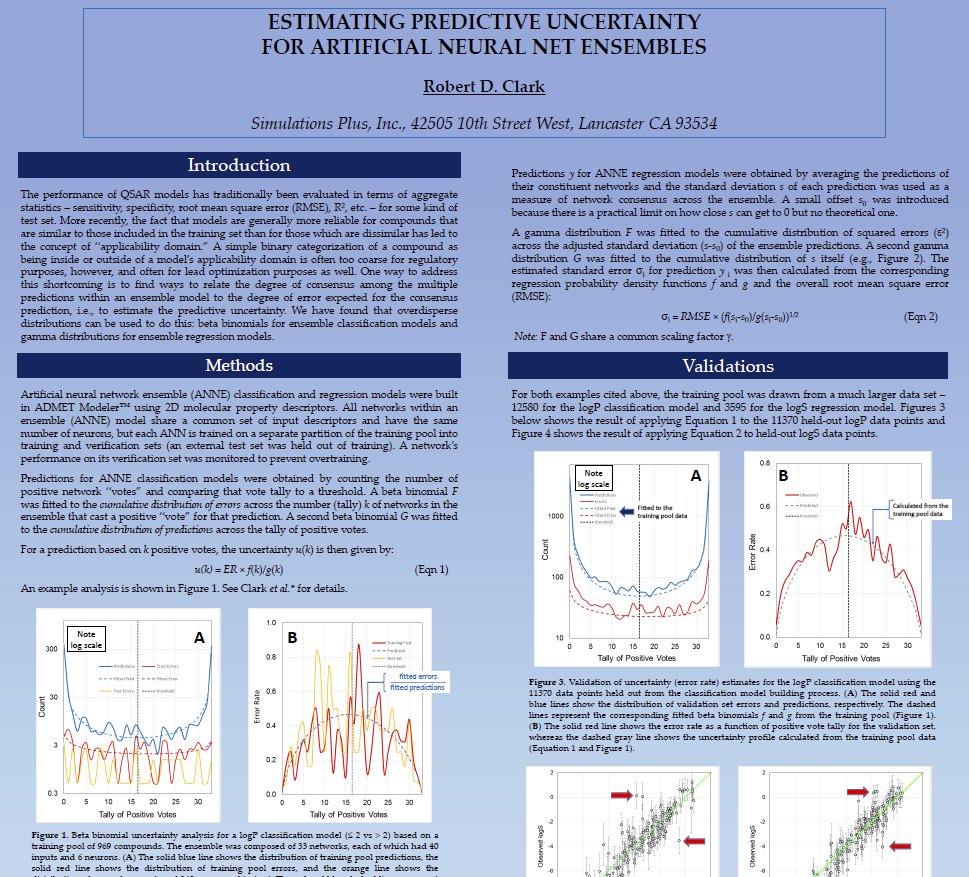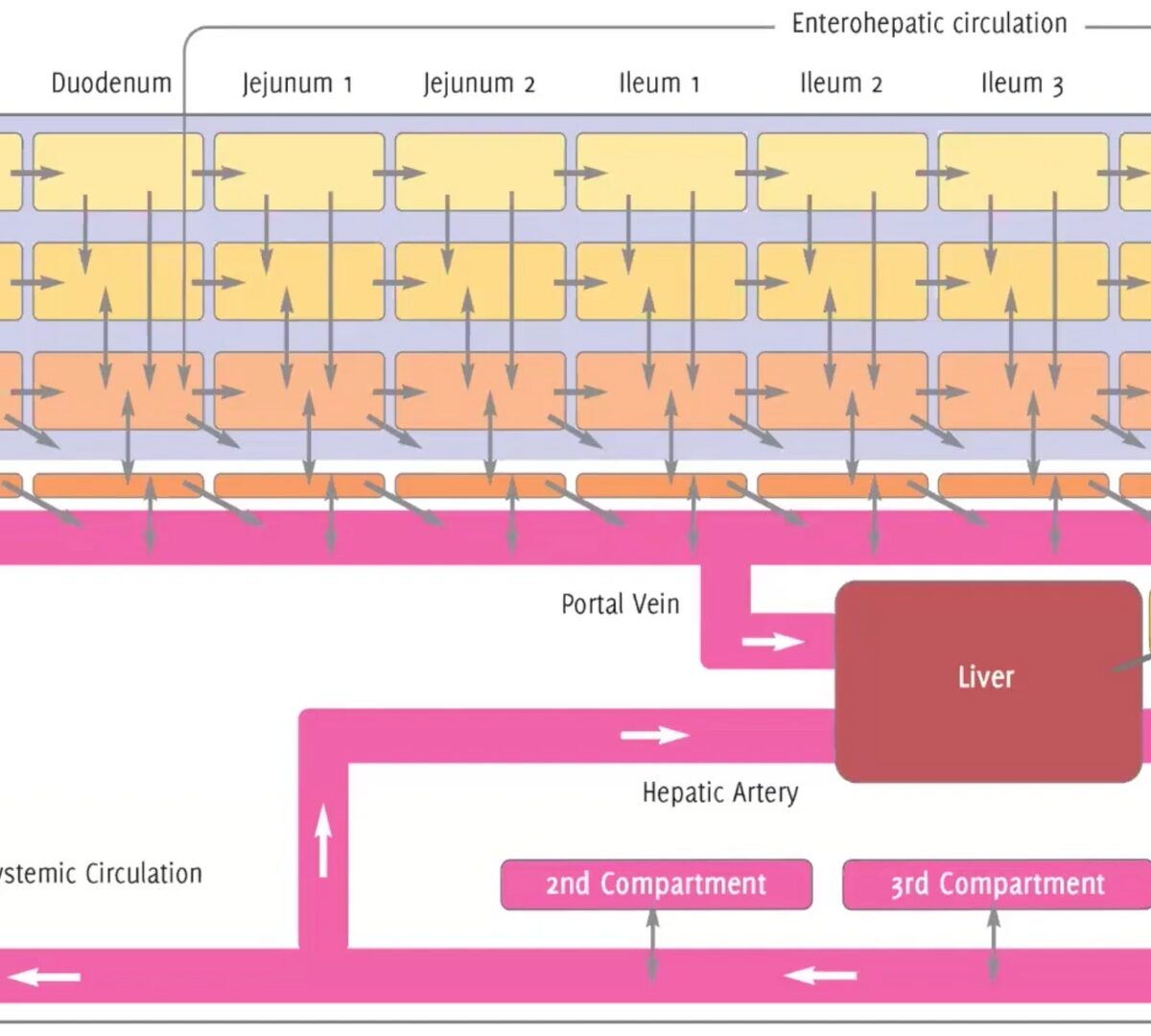
Population Pharmacokinetic Analysis of Compound A and Its Metabolite in Healthy Subjects and Patients with Diabetic Nephropathy
Compound A is a potent and highly selective non-steroidal mineralocorticoid receptor (MR) antagonist being developed for the treatment of diabetic nephropathy and other potential indications.

Exploring the Feasibility of Biowaiver Extension of BCS Class III Drugs with Site-Specific Absorption Using Gastrointestinal Simulation Technology
The US Food and Drug Administration, World Health Organization and European Medicines Agency have allowed biowaiver for some BCS class III drugs, but shortened the requisite dissolution time of BCS...

The impact of reduced gastric acid secretion on dissolution of salts of weak bases in the fasted upper gastrointestinal lumen: Data in biorelevant media and in human aspirates.
To propose media for simulating the intragastric environment under reduced gastric acid secretion in the fasted state at three levels of simulation of the gastric environment and evaluate their...

Substrate and method dependent inhibition of three ABC-transporters (MDR1, BCRP, and MRP2)
Drug transport and drug-drug interactions (DDI) with human ABC transporters are generally investigated in mammalian cell lines or inverted membrane vesicles from insect cells (Sf9) overexpressing the transporter of interest.

Mechanistic Modelling of Drug-Induced Liver Injury: Investigating the Role of Innate Immune Responses
Drug-induced liver injury (DILI) remains an adverse event of significant concern for drug development and marketed drugs, and the field would benefit from better tools to identify liver liabilities early in development and/or to mitigate potential DILI risk in otherwise promising drugs.

Identification of neuron selective androgen receptor inhibitors
Aim: To identify neuron-selective androgen receptor (AR) signaling inhibitors, which could be useful in the treatment of spinal and bulbar muscular atrophy (SBMA)...

Estimating Predictive Uncertainty for Artificial Neural Net Ensembles
The performance of QSAR models has traditionally been evaluated in terms of aggregate statistics – sensitivity, specificity, root mean square error (RMSE), R2, etc. – for some kind of test set.

Comparison of oral absorption properties among different bisphosphonates by using a newly developed physiologically based pharmacokinetic model.
Absorption of bisphosphonates(BPs)from the gastrointestinal tract is inhibited by forming a complex combined with multivalent cation in intake foods.

Applying Physiologically-Based Pharmacokinetic (PBPK) Modeling & Simulation to Assist with Pharmaceutical Research and Regulatory Submissions
Open communication between regulatory agencies, pharmaceutical companies, universities, and software providers will help identify new M&S applications.

Comparing Dog and Human Intestinal Fluids: Implications on Solubility and Biopharmaceutical Risk Assessment
Despite many documented differences in gut physiology compared to humans, the beagle dog has been successfully used as a preclinical model for assessing the relative bioavailability of dosage forms during formulation development.

Quantitative analysis of lab-to-lab variability in Caco-2 permeability assays
In this study, Caco-2 permeability results from different laboratories were compared. Six different sets of apparent permeability coefficient (Papp) values reported in the literature were...

Mechanistic investigation of the negative food effect of modified release zolpidem
When administered orally as either an immediate or modified release dosage form, zolpidem demonstrates a negative foodeffect, i.e. decrease in Cmax and AUC.

Exploring Canine – Human Differences in Product Performance. Part II: Use of Modeling and Simulation to Explore the Impact of Formulation on Ciprofloxacin In Vivo Absorption and Dissolution in Dogs
This study explored the in vivo performance of three oral ciprofloxacin formulations (oral solution, fast, or slow dissolving tablets) in beagle dogs.

The impact of supersaturation level for oral absorption of BCS class IIb drugs, dipyridamole and ketoconazole, using in vivo predictive dissolution system: Gastrointestinal Simulator (GIS)
The development of formulations and the assessment of oral drug absorption for Biopharmaceutical Classification System (BCS) class IIb drugs is often a difficult issue due to the potential for...

Dr. Daniel Weiner Joins Simulations Plus Board of Directors
World-renowned scientist, FDA consultant, and experienced manager to reinforce SLP board

Simulations Plus to Acquire DILIsym Services, Inc.
Accretive acquisition to expand Simulations Plus offerings by adding leading provider of drug-induced liver injury (DILI) software and consulting services
